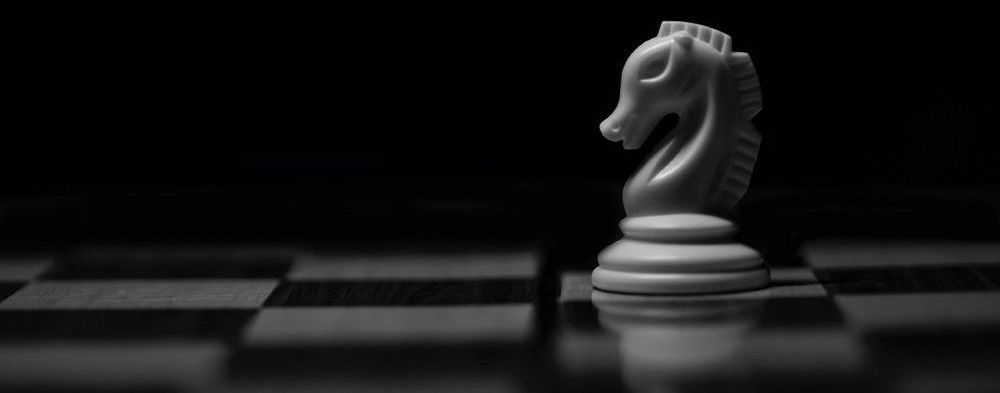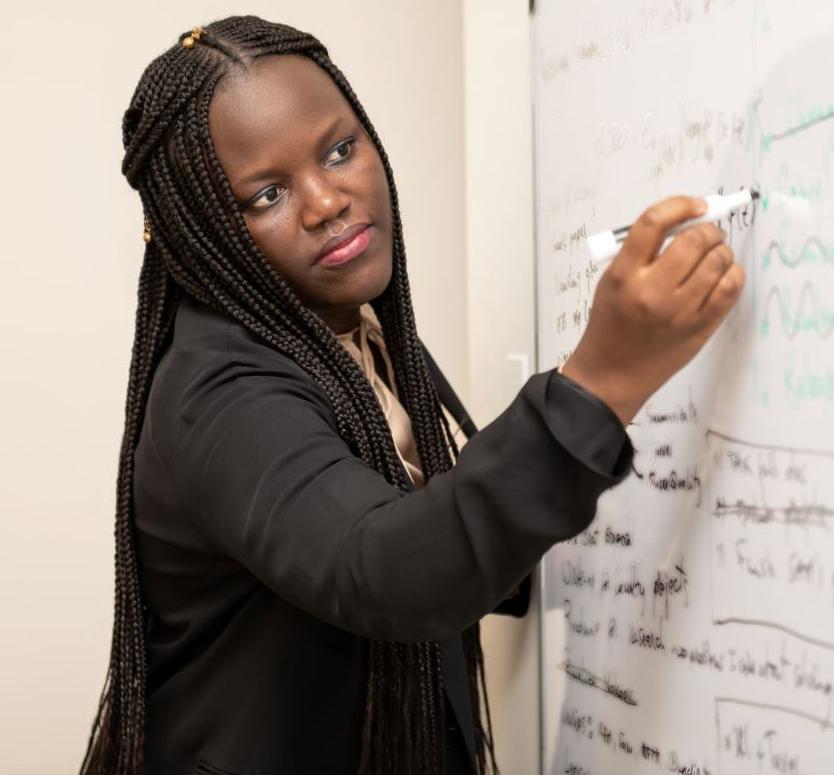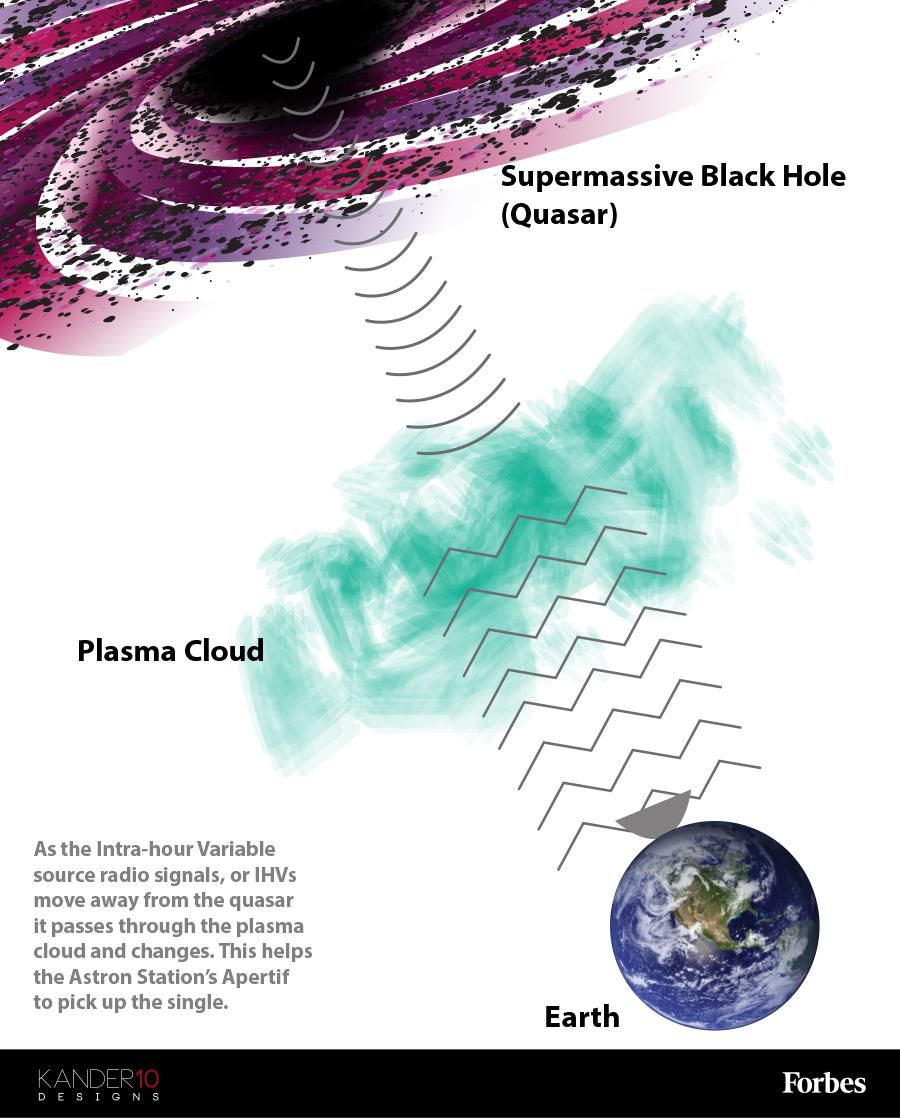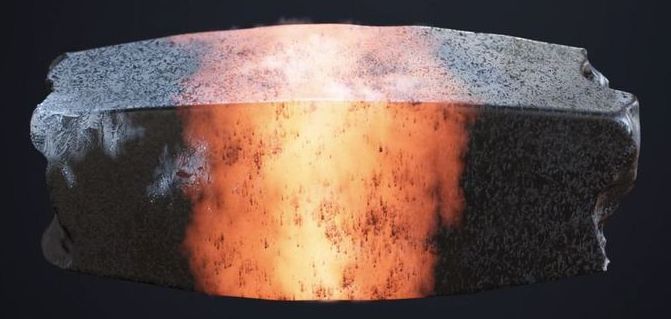When Gary Kasparov was dethroned by IBM’s Deep Blue chess algorithm, the algorithm did not use Machine Learning, or at least in the way that we define Machine Learning today.



Adji Bousso Dieng will be Princeton’s School of Engineering’s first Black female faculty.
Not only has Adji Bousso Dieng, an AI researcher from Senegal, contributed to the field of generative modeling and about to become one of the first black female faculty in Computer Science in the Ivy League, she is also helping Africans in STEM tell their own success stories.
Dieng, who is currently a researcher at Google and an incoming computer science faculty at Princeton, works in an area of Artificial Intelligence called generative modeling.


The Emotet botnet has begun to use a new template for their malicious attachments, and it is just as dangerous as ever.
After a five-month “vacation,” the Emotet malware returned in July 2020 and began to spew massive amounts of malicious spam worldwide.


IAIFI will advance physics knowledge — from the smallest building blocks of nature to the largest structures in the universe — and galvanize AI research innovation.
The U.S. National Science Foundation (NSF) announced last week an investment of more than $100 million to establish five artificial intelligence (AI) institutes, each receiving roughly $20 million over five years. One of these, the NSF AI Institute for Artificial Intelligence and Fundamental Interactions (IAIFI), will be led by MIT ’s Laboratory for Nuclear Science (LNS) and become the intellectual home of more than 25 physics and AI senior researchers at MIT and Harvard, Northeastern, and Tufts universities.
By merging research in physics and AI, the IAIFI seeks to tackle some of the most challenging problems in physics, including precision calculations of the structure of matter, gravitational-wave detection of merging black holes, and the extraction of new physical laws from noisy data.

Autonomous unmanned aerial vehicles (UAVs) have shown great potential for a wide range of applications, including automated package delivery and the monitoring of large geographical areas. To complete missions in real-world environments, however, UAVs need to be able to navigate efficiently and avoid obstacles in their surroundings.
Researchers at Luleå University of Technology in Sweden and California Institute of Technology have recently developed a nonlinear model predictive control (NMPC)-based computational technique that could provide UAVs with better navigation and obstacle avoidance capabilities. The NMPC approach they used, presented in a paper published in IEEE Robotics and Automation Letters, is based on the structure of OpEn (Optimization Engine), a parametric optimization software developed by Dr. Pantelis Sopasakis at Queen’s University Belfast.
“Our team has previously published several works on autonomous obstacle avoidance and navigation for UAVs,” Björn Lindqvist, one of the researchers who carried out the study, told TechXplore. “In our recent study, we set out to extend the notion of obstacle avoidance to include a direct consideration of moving or dynamic obstacles, using NMPC. Our objective was to offer a technical demonstration of how modern and intelligent control structures could allow UAVs to be used in, for example, urban environments where the surroundings are always moving and where collision avoidance is of great importance to ensure the safety of persons and other vehicles.”

A striking new study has found young cancer survivors show high expression of a gene known to be an effective marker of aging. The researchers suggest this genetic biomarker could be used to identify cancer survivors most at risk of later-life frailty due to their treatment.
As we age, concentrations of a gene called p16INK4a gradually increase in our cells, making it a potentially useful molecular marker for aging. One of the gene’s roles is to slow cell division and reduce the proliferation of stem cells.
In a new study researchers set out to investigate p16INK4a levels in pediatric and young adult cancer survivors. The hypothesis was that increased p16INK4a levels could be an effective sign of frailty among young cancer survivors.
This is an excerpt of a conversation between Dr. Daniel Stickler and Brian Rose.
Dr. Stickler is the Medical Director for the Neurohacker Collective, a consultant for Google on epigenetics and AI in healthcare, and a lecturer at Stanford University.
Brian Rose is the founder of London Real, a curator of people worth watching. Its mission is to promote personal transformation through inspiration, self-discovery and empowerment.
CUENTA CON SUBTÍTULOS EN ESPAÑOL
To watch the entire conversation clic here: https://youtu.be/ynbaJ2038K0